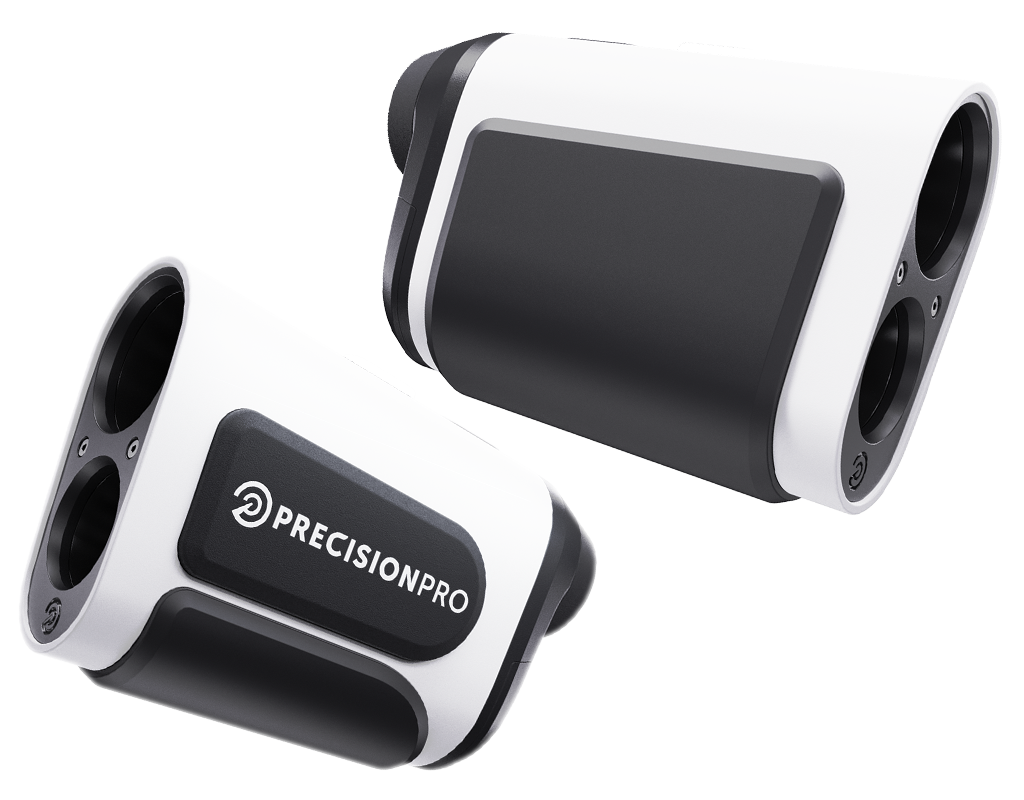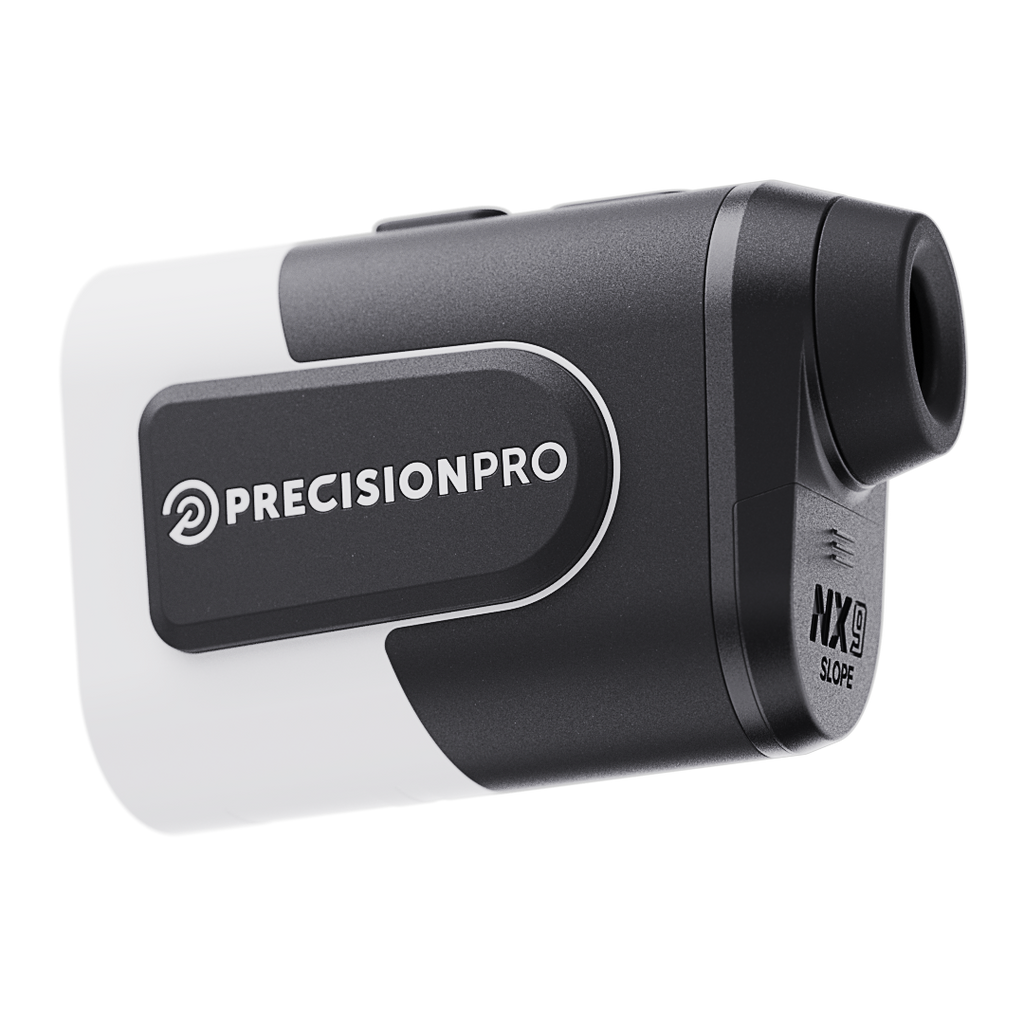There aren’t too many shots in golf that get even the best players a little nervous. Maybe the long bunker shot. Maybe the island green 17th hole at TPC Sawgrass. But the chip shot off of tight grass is one that falls in that category. It doesn’t seem like it should be that difficult but even the slightest mishit can result in disaster. You know the feeling when the ball is sitting down on tight grass. You’re trying to figure out how to get the club under the ball and what usually happens is you dig the club into the ground and chunk the shot, or catch the ball thin and watch it shoot across the green. The issue is that there just isn’t much room for error. With the ball sitting in the rough or even on slightly taller fairway grass, it’s easy to get the ball in the air. When we set the club down behind the ball on tight grass, we’re just not sure what to do. The good news is that it can be done and it’s actually not as tough as you would think. You just need to change the way you approach the shot. Here are some tips to make quick work of tight lies around the greens:
Keep the Club from Digging
The problem most golfers have with tight lies around the green is that they tend to dig the club into the turf. When the club digs it usually hits behind the ball and leads to a chunked shot. The reason golfers dig the club into the turf comes from years of being told to “hit down on the ball”. You’ve heard it from good players, teachers, and announcers on TV. “The tighter the lie, the more you need to hit down to make solid contact”. However, if you watch a professional golfer hit a chip or pitch from tight grass you won’t see a violent downward strike with a divot being taken. You’ll see a smooth, neutral swing where the club brushes the grass and makes solid contact with the ball. So the key is to keep the club from digging. Let’s look at a few things you can do to keep from digging:
Setup Neutral
If you adjust the setup to be more neutral, you will reduce the tendency to dig. This means having the ball positioned even with the center of your body. A ball positioned too far back can cause digging. This also means only setting your hands slightly ahead of the golf ball. A lot of golfers want to use a big forward press. This causes the club to dig as well. A neutral setup equals a neutral swing.
Less Wrist Hinge
This is a big part of avoiding the dig. The more you hinge your wrists on the backswing the steeper the swing becomes. The steeper the swing becomes the more the club wants to dig in the turf. As we know the more the club digs the better chance we have of mishitting the shot. Practice making chip shot swings using less wrist action. Instead of feeling like the hands and wrists move the club away, feel like the shoulder and arms move the club away with the hands being more neutral. The reduced wrist hinge you get from this technique will keep the club from digging.
Use the Bounce
Bounce is a mystery to a lot of golfers. Basically it’s how much the trailing edge of the sole of a wedge sits below the leading edge. Almost every wedge has some degree of bounce (if yours has zero, get a new wedge). The purpose of the bounce is to keep the club from digging. The problem is when you hit down too much and lean the shaft forward, the bounce is neutralized and the leading edge hit and digs into the ground first. To avoid this take some swings and feel the bottom of the wedge bumping or scraping the turf. If you do it correctly you’ll feel the club hit the turf and then bounce off. If you lean the shaft forward too much you’ll feel the leading wedge dig into the turf. The great thing about using the bounce is that it makes the club more forgiving. You can actually hit behind the golf ball and still hit a good shot because the club doesn’t dig. Shots from tight grass around the greens don’t have to be that tough. If you can keep the club from digging you’ll have much more success.




